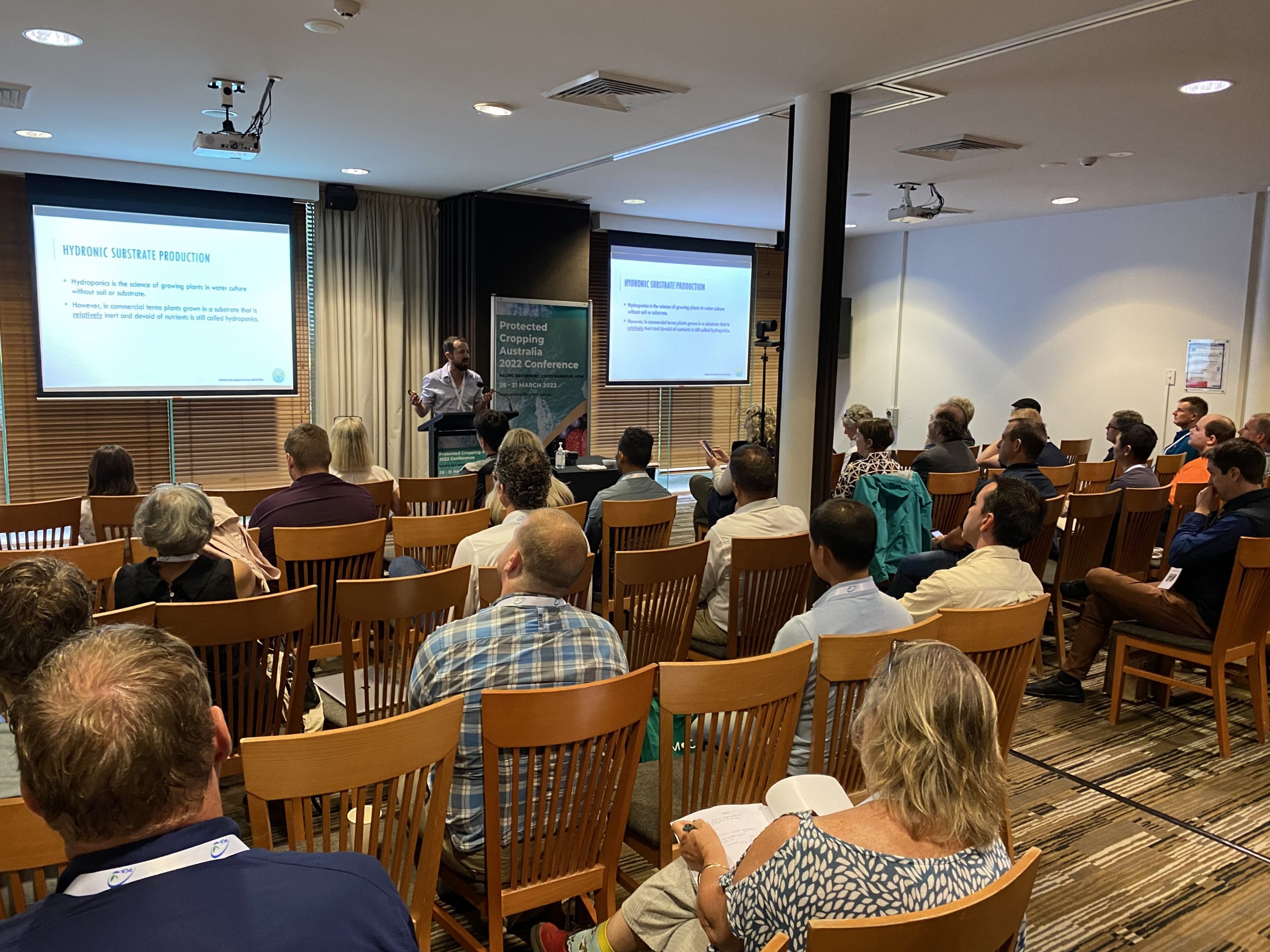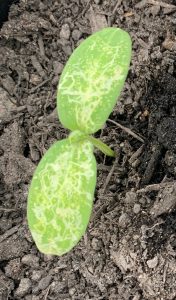
Protected Cropping Australia Conference a success despite heavy rains
13 May 2022
Forensic provenance testing: A weapon against counterfeit product
13 May 2022A multi-industry project is underway to educate horticultural growers about the identification and management of serpentine leafminer. Part of this project is developing an industry communication program, which is being led by AUSVEG and facilitated by Project Officer Cherry Emerick.
Management strategy for serpentine leafminer, Liriomyza huidobrensis is a strategic levy investment under the Hort Innovation Potato – Fresh, Potato – Processing, Melon, Onion and Vegetable Funds.
This project is developing and delivering targeted R&D specifically for serpentine leafminer in response to the incursions detected in Australia in late 2020. It is building on the initial work of recently completed RD&E program for control, eradication and preparedness for vegetable leafminer (MT16004).
Areas of work include:
- Identifying and monitoring parasitoids.
- Refining development and validation of surveillance and diagnostic protocols.
- Using predictive forecasting to manage and assess the risk of serpentine leafminer.
- Delivering an industry communication program.
- Developing an industry management plan, grower guides and industry focused workshops.
AUSVEG is delivering the industry communication component, and recently appointed Cherry Emerick to assist with the project.
Cherry is a former grower and spent over 10 years with one of Australia’s largest vegetable producers. She has extensive experience as an industry development officer in the horticultural and natural resource management industries in north Queensland.
Leafminers: A snapshot
Leafminers are best identified by what they leave behind – tiny snake like trails on the underside of young leaves. The pest leaves white or grey lines on leaves with dampened black and dried brown areas. These are created by the newly hatched larvae that feed by ‘mining’ into the upper surface of the leaf tissue.
High levels of infestation affect the plant’s ability to photosynthesis which reduces plant growth and crop yields.
As outlined in Vegetables Australia – Autumn 2022, serpentine leafminer is in New South Wales, Queensland, Western Australia and the Northern Territory, and is causing significant problems for growers in these regions.
Project MT16004 developed a number of potential options for growers to effectively manage infestations. Using an Integrated Pest Management (IPM) approach on-farm has produced encouraging results. This is combining naturally occurring parasitic wasps and recommended insecticides.
Serpentine leafminer is usually seen from autumn until spring, so it is important to remain vigilant. Good management practices on-farm will assist in minimising any possible future impacts to your crops.
Please click here for further information and to access useful resources.
Grower workshops
AUSVEG Project Officer Cherry Emerick will be leading a series of workshops as part of MT20005. These will be targeting growing districts that are vulnerable to serpentine leafminer incursion.
Dates are to be confirmed. However, workshops are planned across three states (see table).
Cherry will work in collaboration with growers and stakeholders to publish three grower guides suitable for on-farm use. The guides will be for melon, onion and vegetable crops.
Find out more
Please contact Cherry Emerick on 0418 389 680 or email cherry.emerick@ausveg.com.au.
This project has been funded by Hort Innovation using the fresh and processing potato, melon, onion and vegetable research and development levies and contributions from the Australian Government.
Project Number: MT20005



